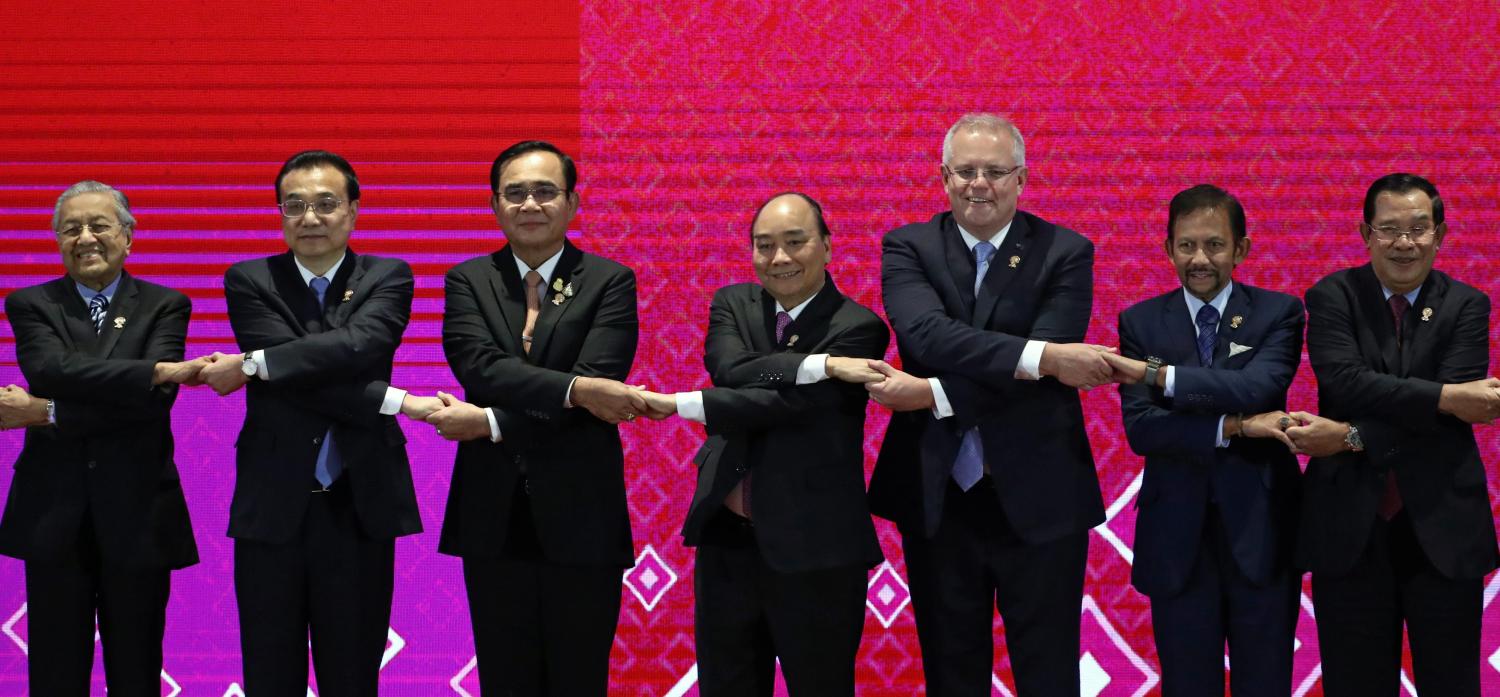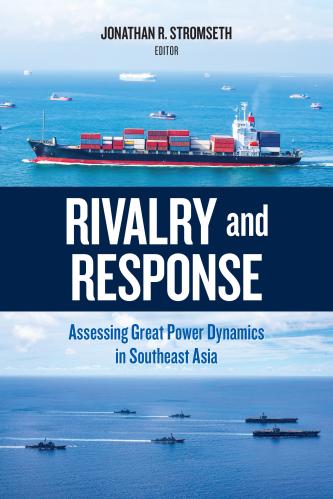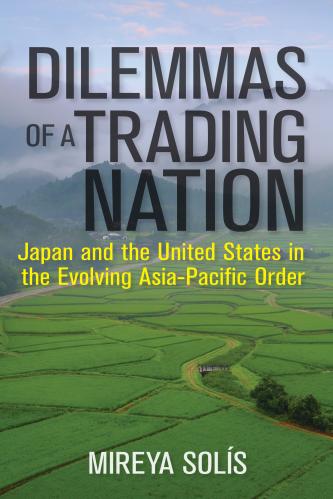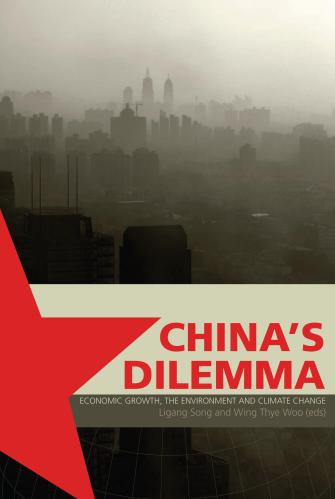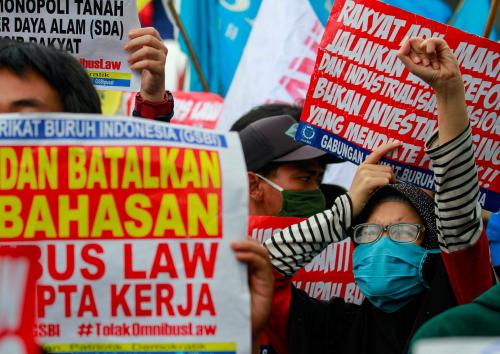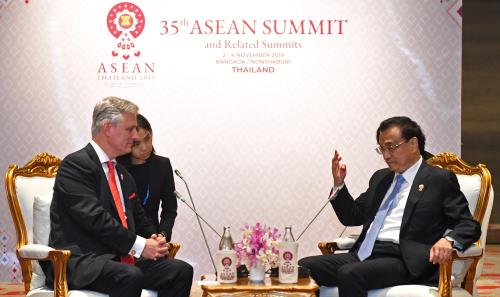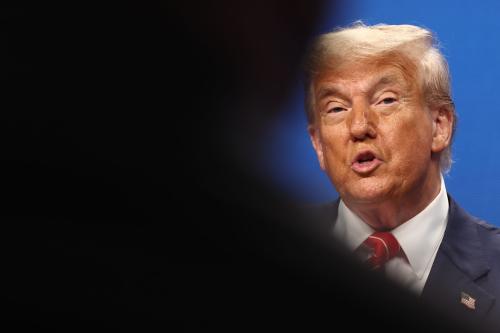EXECUTIVE SUMMARY
Australia shares significant overlap of geographically-derived interests with the emerging middle powers of Southeast Asia. The resilience of developing Southeast Asia functions as the protective membrane for Australia’s own prosperity and security.
Navigating a path through U.S.-China competition and forging constructive ties with its Southeast Asian neighbors are among Australia’s most pressing foreign policy priorities. And yet, misaligned expectations have complicated the potential for a broad-based consensus needed to sustain Australia’s Indo-Pacific strategy in the region. This is often driven in both directions by a failure to understand, or simply the urge to gloss over, fundamental differences in identities, temperaments, priorities, and alignments between Australia and its Southeast Asian counterparts. Such differences will require concerted efforts to manage.
In the wake of the coronavirus pandemic, Canberra should prioritize an outward-looking and ambitious Indo-Pacific strategy rather than risk withdrawing into a pessimistic and defensive regional posture. Australia’s strategic circumstances, while critical, are also dynamic. They create an opportunity to rethink, reorder, and step-up regional diplomacy. Australia will have to re-engage the middle powers of Southeast Asia on their own terms, as well as look for ways to bridge strategic priorities in its two closest geographic theaters.
This can be done by committing to a post-COVID-19 recovery strategy for Southeast Asia in addition to aid efforts already underway in the South Pacific. Succeeding in its minilateral and multilateral ventures will also require a clearer differentiation in Australia’s Indo-Pacific objectives: building a strategic and military counterweight to China through strategic partnerships, on one hand, and cooperating with a more diverse set of middle powers in shoring up the rules-based regional order, on the other.
Australia should continue to support Southeast Asian countries in building regional balance in the ways they do best. The Association of Southeast Asian Nations’ (ASEAN) emerging economic architecture may well prove to be the most consequential multilateral hedge against Beijing’s asymmetric economic clout. Canberra should also facilitate and deepen cross-regional linkages between Southeast Asia and the Pacific. This will help to diversify the international relations of Pacific island nations and minimize the risk that they become overly dependent on China.
The Brookings Institution is committed to quality, independence, and impact.
We are supported by a diverse array of funders. In line with our values and policies, each Brookings publication represents the sole views of its author(s).

